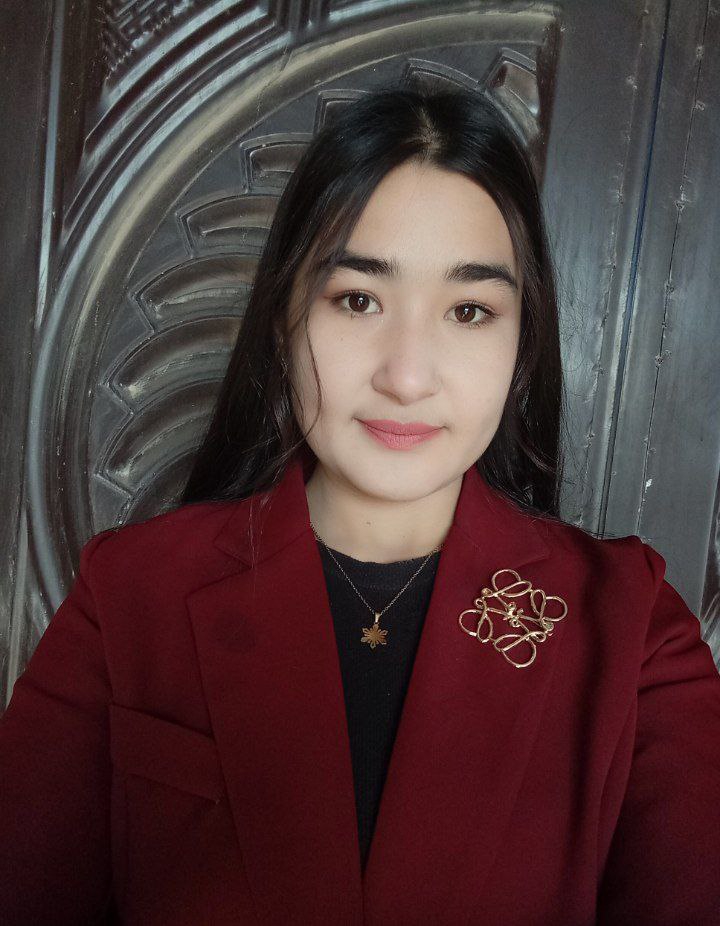
Soviet Modernization and the Profound Changes in Uzbek Women’s Lives
ANNOTATION; This article examines the significant transformations in the lives of Uzbek women between 1920 and 1980, during the period of Soviet modernization. It analyzes how Soviet policies—despite their ideological, political, and cultural agendas—played a major role in shaping women’s identities, social roles, and life experiences. The research highlights the ideological contradictions, the impact of forced modernization, and the clash between tradition and the new Soviet worldview. It explores the path of struggle, adaptation, and active participation of Uzbek women within this historic context.
KEYWORDS: Soviet modernization, Uzbek women, social transformation, gender policy, traditional society, emancipation, ideological control
The Soviet period introduced profound and often contradictory changes to the social life of Central Asia, especially in Uzbekistan. Among the most affected groups were women, whose roles in society, family, and public life underwent radical transformations under the guise of liberation and modernization. The aim of this article is to evaluate the effects of Soviet modernization on Uzbek women between 1920 and 1980, based on historical facts, documents, and research1
From the 1920s, Soviet ideology launched an intensive campaign of social engineering. Uzbek women were expected to discard traditional garments like the paranja and chachvan, symbols of modesty in Muslim society, and join public life as workers, teachers, and activists. The infamous “Hujum” campaign (1927) symbolized this movement, where unveiling was both a political and cultural tool. While promoted as emancipation, this campaign often led to violence, social ostracism, and even death for many women at the hands of their own communities.
Despite such challenges, a generation of educated and politically active women emerged during this period. Names like Uyg‘unoy Abdullayeva and Tojixon Shodieva, among many others, became symbols of transformation. These women were trained in the newly established institutions such as the Women’s Departments [Zhenotdel] and pedagogical institutes, gaining access to education, legal rights, and employment opportunities that had been previously unavailable.
Nevertheless, the transformation was not entirely emancipatory. Soviet modernization was not a neutral, benevolent process but rather one that was tightly controlled, ideologically driven, and often repressive. Women were used as instruments of the state agenda: their visibility in the workforce was both a propaganda tool and an economic necessity. Yet many women continued to experience double burdens—working full-time jobs while still being expected to fulfill traditional roles at home.
In rural areas, modernization occurred more slowly and often encountered stronger resistance. While urban women were able to access state-sponsored opportunities, women in villages faced continued patriarchal pressure. Still, over time, even these regions witnessed significant shifts, particularly through literacy campaigns, compulsory education, and the rise of medical institutions that increasingly involved female professionals1
By the 1960s and 70s, the presence of Uzbek women in social, cultural, and academic life had become normalized. They worked as doctors, engineers, educators, and artists. However, it is important to recognize that these developments were not entirely organic but orchestrated through state pressure, quotas, and ideological control. Women’s organizations were heavily monitored by the Communist Party, and any deviation from Soviet ideals was quickly suppressed.
Despite these limitations, the Soviet era undeniably laid the groundwork for today’s gender dynamics in Uzbekistan. Women’s access to education, employment, and public roles—even if imposed—planted the seeds of long-term change. The Soviet modernization of women’s roles, although controversial, is a key part of understanding contemporary Uzbek society.
In conclusion, the Soviet modernization process brought irreversible changes to the lives of Uzbek women. Despite its many contradictions, pressures, and ideological rigidity, it opened previously inaccessible paths in education, employment, and public life. This transformation was not merely a shift in attire or workplace presence, but a deeper social and psychological reorientation. It disrupted centuries-old traditions while simultaneously creating new forms of dependence on the state. Uzbek women, therefore, were not passive recipients of change but active participants in negotiating their identities and futures within a highly politicized system. Understanding this complex process is essential for evaluating both the costs and gains of modernization in a colonial and ideological context.
REFERENCES
1.Kamp, M. (2006). The New Woman in Uzbekistan: Islam, Modernity, and Unveiling under Communism. University of Washington Press.
2.Northrop, D. (2004). Veiled Empire: Gender and Power in Stalinist Central Asia. Cornell University Press.
3.Edgar, A. L. (2004). Tribal Nation: The Making of Soviet Turkmenistan. Princeton University Press.
4.Bobojonov, H. (2005). “Oʻzbek ayolining faoliyati tarix zarurati sifatida”. Tarix va Hamdo‘stlik, №2.
5.Jo‘rayev, A. (2011). “Oʻzbek ayollari tarixidagi burilishlar”. Ijtimoiy fanlar, №1.
6.Tursunova, G. (2020). “Sovet davri ayollari: islohotlar va oqibatlar”. Yangi O‘zbekiston, №3.
7.Islomova, Z. (2019). “Oʻzbek ayolining ijtimoiy faolligi: tarix va zamonaviylik”. Fan va turmush. N6Sevara Olimova, [7/27/2025 6:25 PM]
Olimova Sevara, from Kashkadarya region. Born in Mirishkor district , 4th year student at the Faculty of History of Karshi State University
